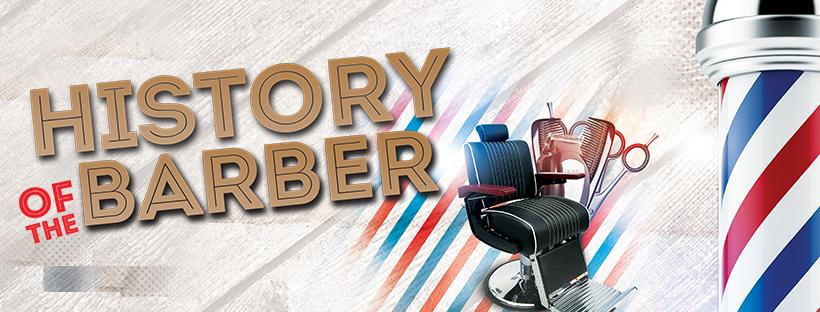
Something for the weekend sir?
The famous phrase known throughout the industry of hair, spoken by your friendly neighbourhood barber.
Barbering has always been a trade that is a necessity to men everywhere. But do you know the history of the barber?
Why they have a red and white pole to identify the shop?
Why men congregate and enjoy their time there?
And ultimately what to ask for when you sit down for a fresh trim trimmer!?!
We are here to give you the full low down on everything you need to know about the barbering trade…..
The History of barber
The first record of the barber date back to the Egyptians in 5000 B.C using instruments they had made from oyster shells or sharpened flint.
In ancient Egyptian culture the barbers were highly respected individuals. Priests and men of medicine are the earliest recorded examples of barbers.
Barbering was introduced to Rome by Greek colonies from Sicily in 296 BC, and barbershops quickly became very popular centres for daily updates and chit chat.
A morning visit to the tonsor (barber) became a part of the daily routine, as important as the visit to the public bath house and a young man’s first shave (tonsura) was considered an essential part of his becoming a real man ceremony.
A few Roman tonsores became wealthy and influential, running shops that were favourite public locations of high society. However, most were simple tradesmen, who owned small storefronts or worked in the streets for low prices.
Starting from the Middle Ages, barbers often served as surgeons and dentists’ addition to haircutting, hairdressing, and shaving.
Barbers were asked to perform surgery bloodletting, leeching, fire cupping, enemas and teeth extraction to name a few! earning them the name BARBER-SURGEONS.
Barber-surgeons began to form powerful guilds such as the WBC or the Worshipful Company of Barbers in London. Barbers received higher pay than surgeons until surgeons were entered into British warships during naval wars. Some of the duties of the barber included neck manipulation, cleansing of ears and scalp, draining of boils, fistula and lancing of cysts with wicks ewwww!
FUN FACTS
The barber pole, featuring red and white spiralling stripes, meaning different aspects of the barber. It is a symbol from the time when barbers used to perform medical procedures. The white and red stripes represent bandages and blood while the blue stripes represent veins. In the U.S., the blue stripe is also sometimes used to match the flag.
The famous phrase ‘Something for the weekend sir?’ Basically means ‘would you like some protection if you’re going out on the pull?’
Barbers would hand out prophylactic’s to men (mainly younger men). To help keep them out of trouble in future with either STD’s or Pregnancy’s after a fling on a night out.
Classic Barbering (modern era)
Classic barbers of the 20th/21st century THANK GOD doesn’t have to preform surgeries or dentistry, instead we have the joyful delight of giving whomever it maybe in the chair and amazing haircut or shave whilst having a laugh, a natter and a good catch up.
As a barber though we must be able to meet our clients’ needs and desires to look and feel the best they can…. and that comes at no easy feat.
It takes years and years of education, blood, sweat and tears to become a good barber.
It’s always good to be passionate about the path you choose in life by doing research, courses, mixing modern and classic techniques and maybe even try lancing a boil or two. There is always something new to learn from the past and that’s why being a modern barber is so fascinating.
There you have it…. the whole Shebang of the barbering history. We hope you have enjoyed our blog from past to present. Keep slick and sharp gents…
We hope to see you in the chair and have something for you for the weekend sirs.